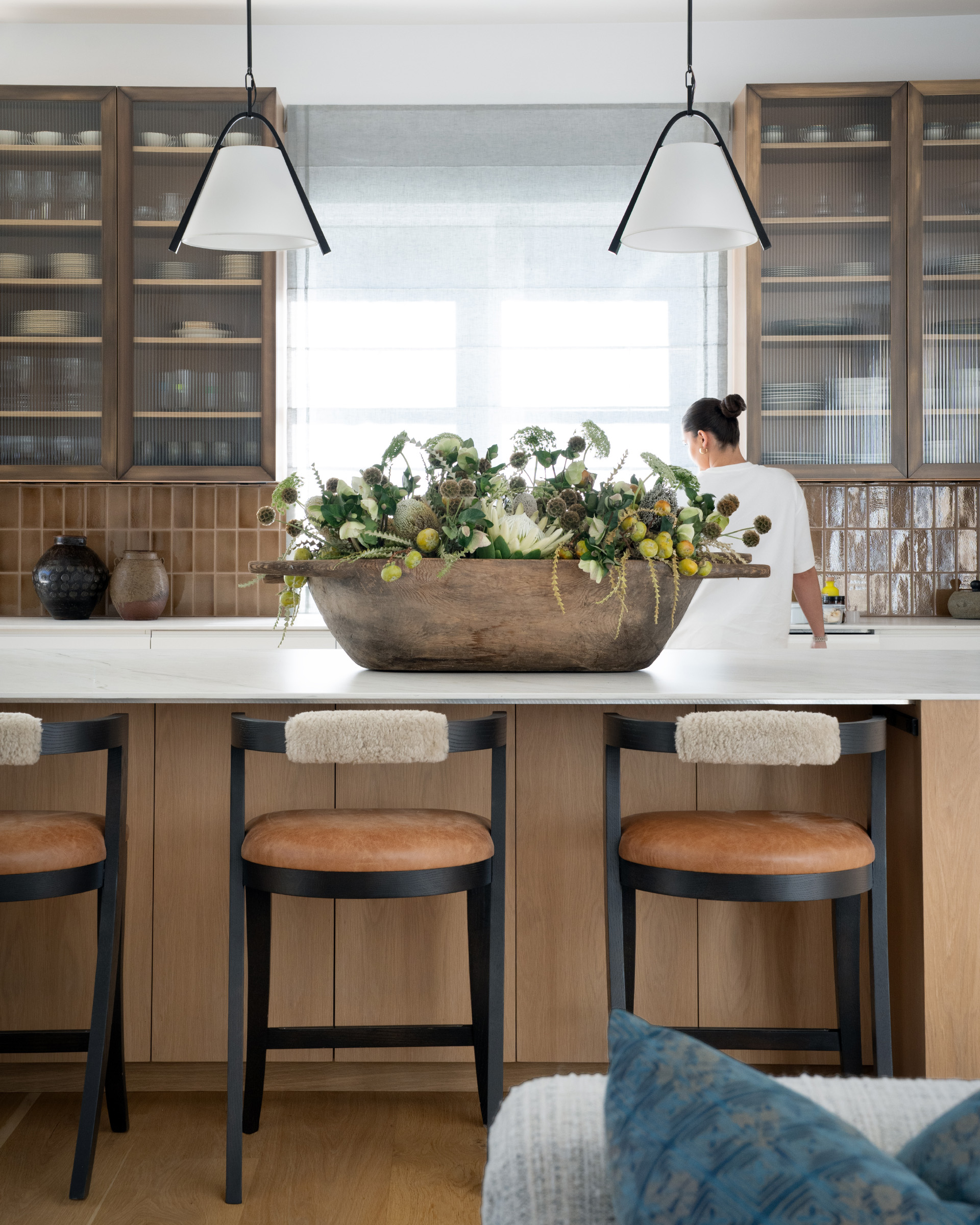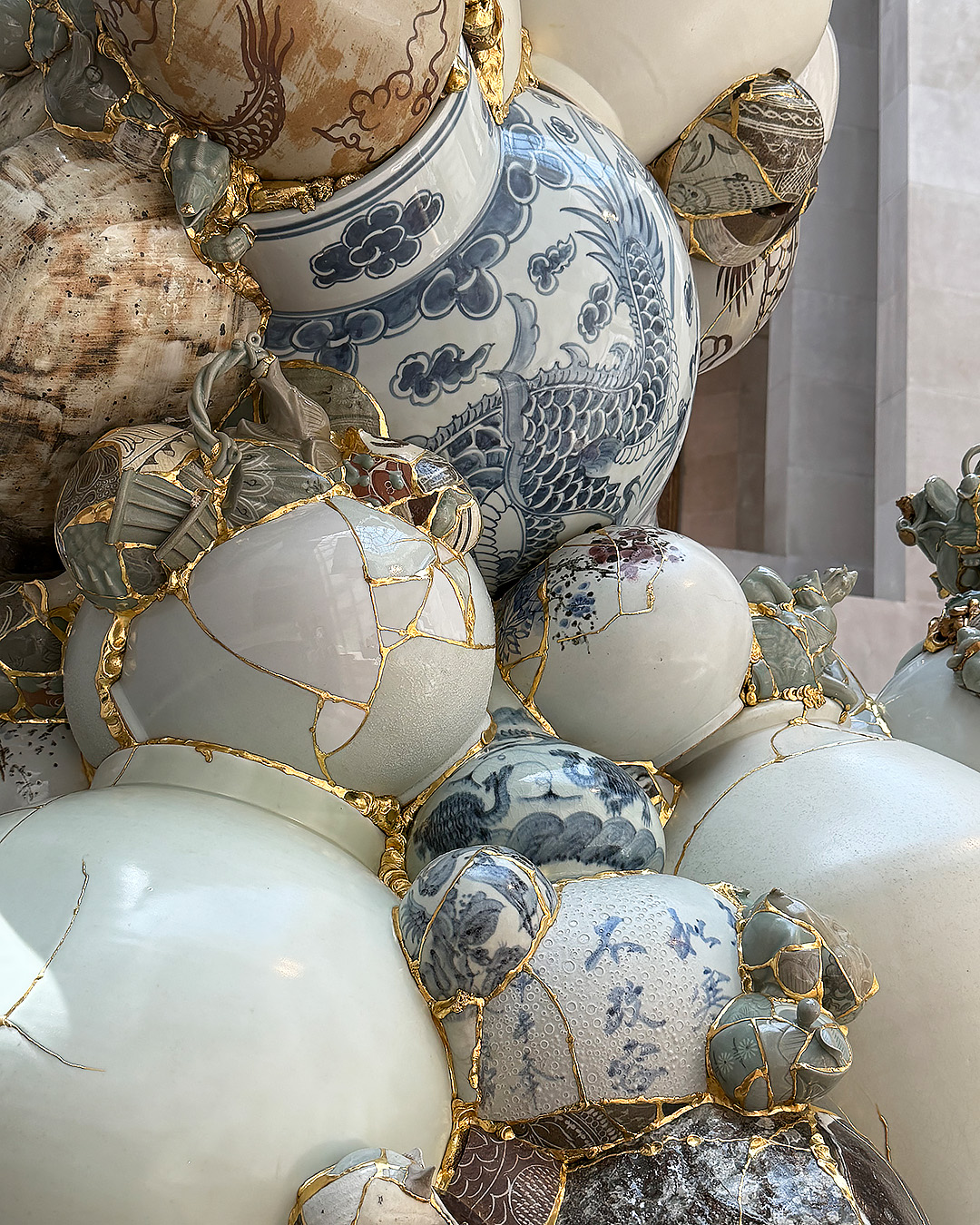
Infusing soul and depth to a space—be it in a contemporary or vintage home—is a top priority for many of our favorite designers. This is where antiquities play a pivotal role, making a home feel collected, thoughtful and, perhaps most importantly, deeply personal. The delicate craftsmanship of Qing dynasty Chinese latticework and vernacular furniture adds wonderful interest and texture to modern design. Designers Alice Benjamin and Andrea Schumacher have mastered the art of incorporating hints of history into their luxurious interiors. We spoke to them both about how antique Chinese lattice panels and furniture transform a room.
For over 25 years, Denver-based designer Schumacher has brought her unique eye to interior design, translating her experience in creating movie sets into glamorous and warm interiors that showcase a mix of antiques, vintage-inspired details and modern elements. “Antiques add depth to a space, often bringing a sense of history that balances out more contemporary elements,” she says. “They anchor a room in something timeless.”
Chicago interior designer Alice Benjamin’s guiding principle is creating space that creates a sense of belonging. “I do a deep dive with each client,” she says. “I consider everything from a person’s life journey to their daily routine.” The results are very personal interiors that reflect heritage and taste.


Both Schumacher and Benjamin recently designed homes that blend modern furnishings with antique doors and lattice windows, creating a fresh take on tradition.
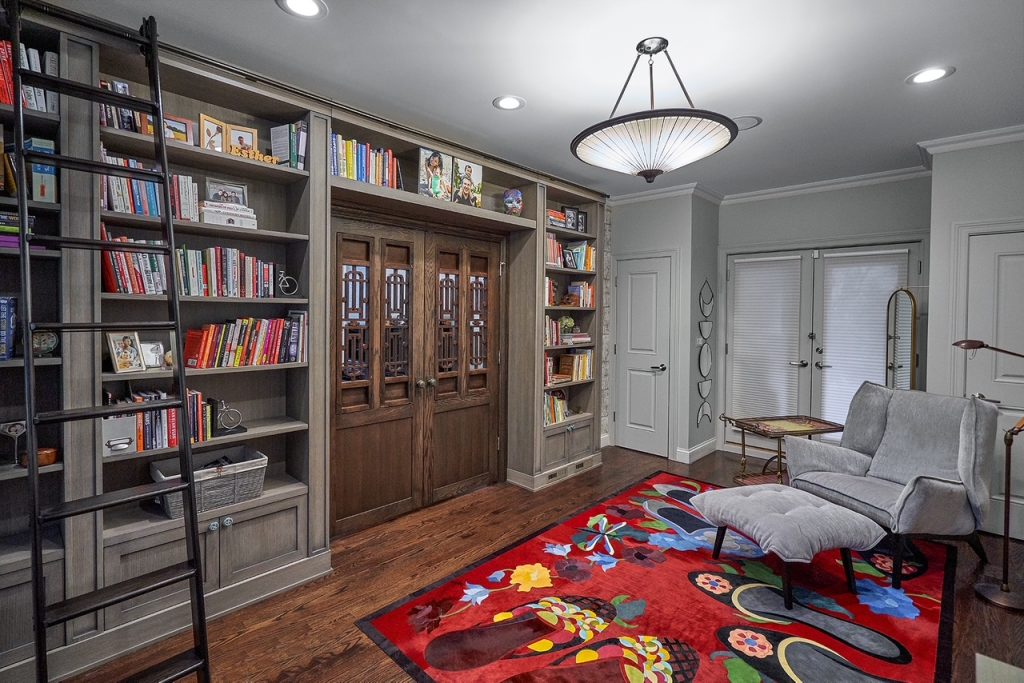
Benjamin’s client and her husband wanted a home to reflect their joint heritage, her being of Peranakan Singaporean heritage and him having German roots. Benjamin set the tone with antique lattice panels for the library doors, then added other cultural nods in the room, such as a bold rug inspired by a vintage Peranakan dress the client owned.
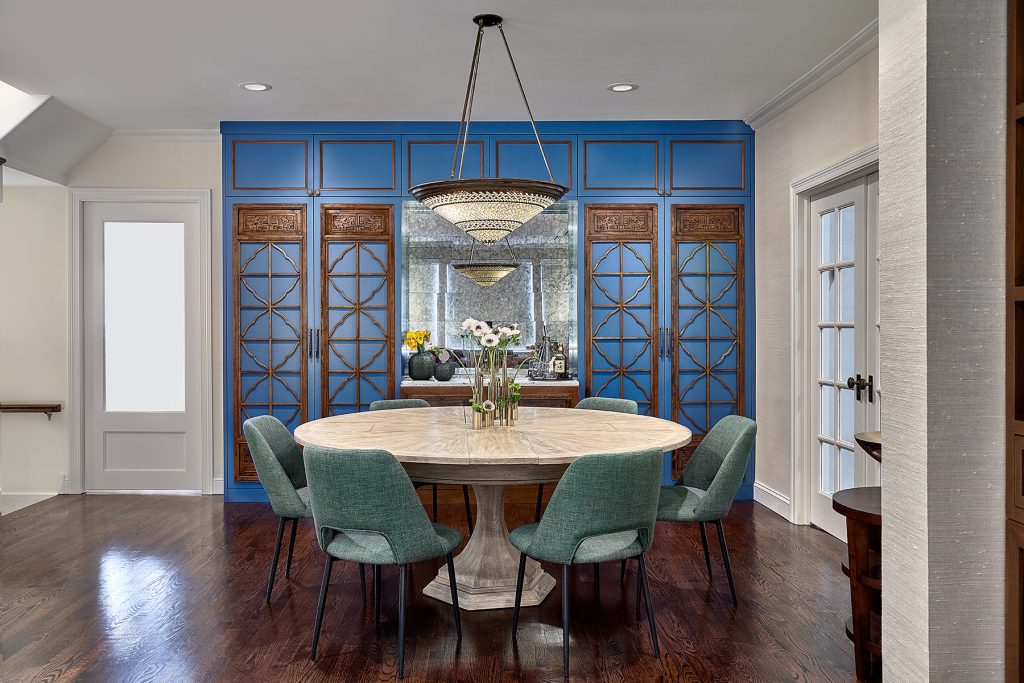
In the dining room, the designer shifted away from the traditional use of lattice panels as space dividers. Transforming functional storage into a statement moment, Benjamin painted the cabinetry in a dreamy azure and dressed it with the decorative lattice windows of a set of antique door panels.
Carrying this element over to the living room, she incorporated the lower, relief-carved panels of those same lattices to serve as doors and drawer-fronts of the built-in cabinetry, a spectacular highlight of the home’s millwork. Benjamin selected a serene cherry blossom design for the adjacent mosaic tiled fireplace. “We added some modern aesthetics, such as clean-lined furnishings, to balance the old-world touches in order to create that lived-in feeling,” Benjamin notes. “It feels collected, like they have lived there for a long time.”
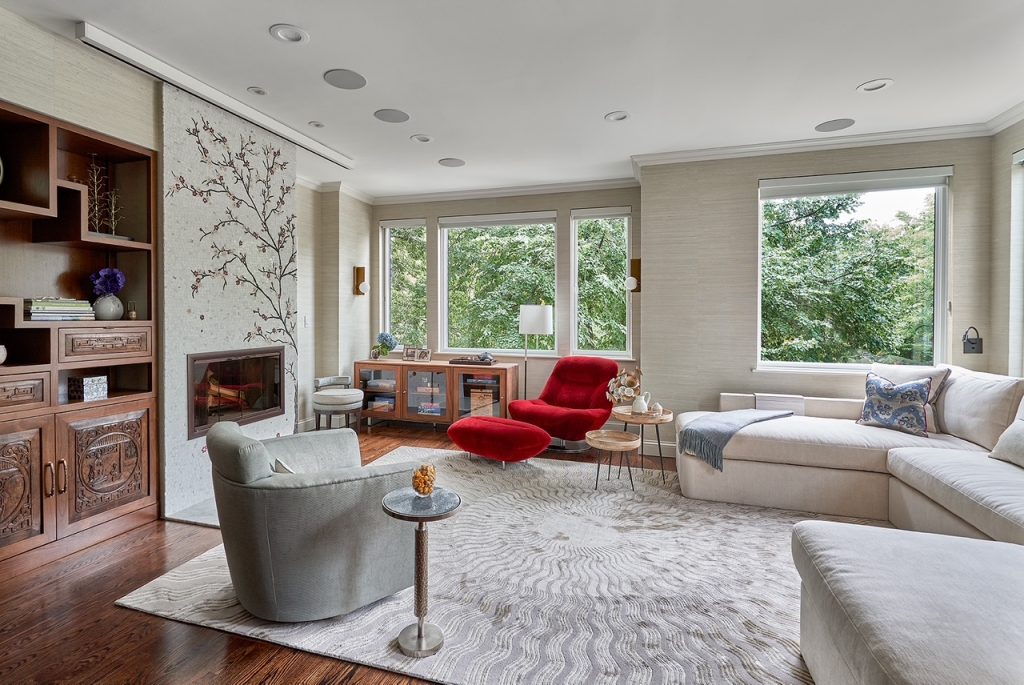
For an office, Andrea Schumacher selected 19th-century lattice doors to set the tone upon entry. “The opening to the room was so prominent,” she says. “The doors needed to be something really beautiful. It’s a moment of artistry and surprise.”

Photography by: Roger Davies
The elegant panels open to an inspired workspace with deep blue walls, an antique administrator’s desk chair and a textured ceiling—all of which feel historical and reflect the opulent style the Qing dynasty is known for. Known for blending eras, Schumacher layered in mid-century nods—such as long, sleek door handles and a pair of mod aubergine chairs—with a contemporary chandelier as an of-the-moment touch.
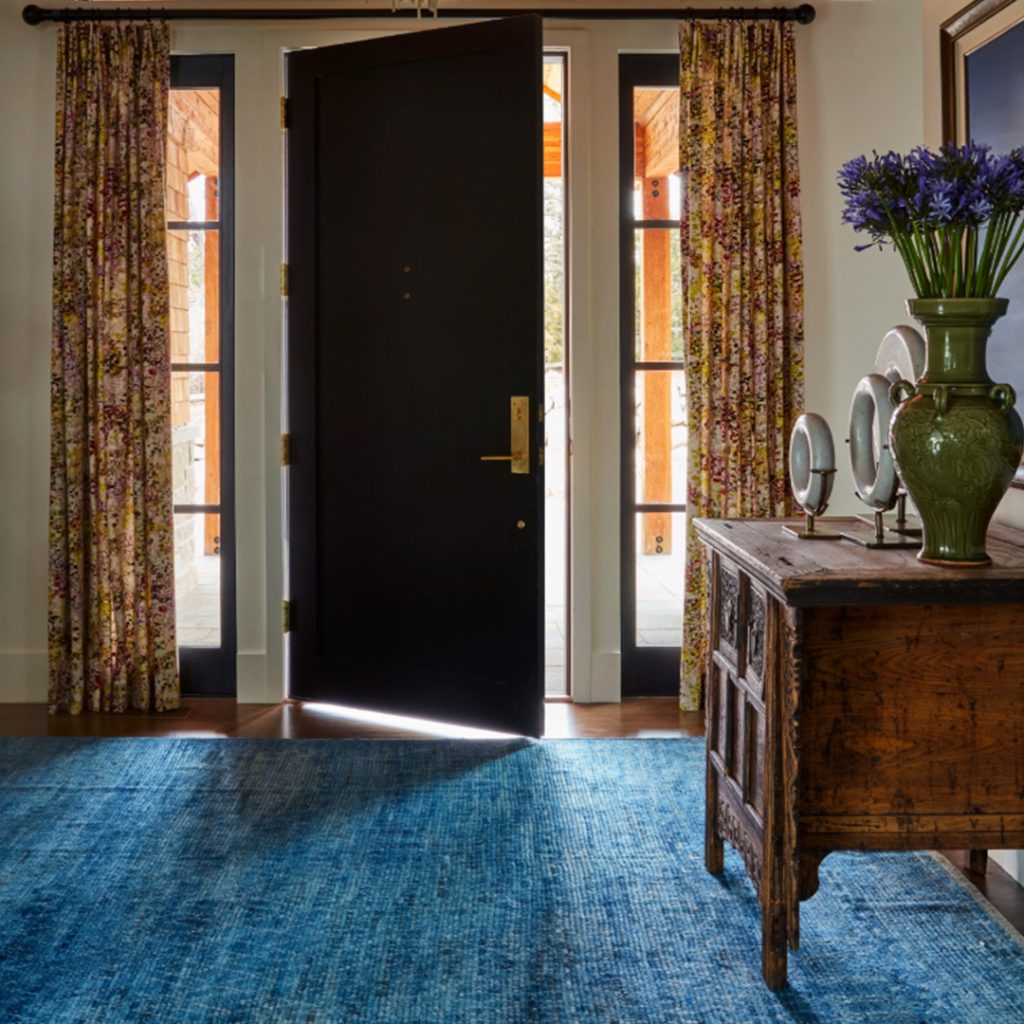
How to Incorporate Antiques into Contemporary Rooms
A truly unforgettable space is layered and collected. That is where antiquities, such as ornate cabinetry, étagères and sculptural objects, come into play. A 19th c. altar cabinet might greet guests in an entry, which is what Schumacher chose to do in an otherwise thoroughly modern foyer complete with a chic fringe metal chandelier.
Adding one precious antique object brings interest and character to a room. In a kitchen full of varied materials, an ancient sculptural millstone adds to the mix while a vintage African table in the form of an elephant creates depth in a serene transitional living room. “Small whimsical pieces create delight,” Schumacher explains. “It’s those pieces that make a space feel lived-in and loved.”
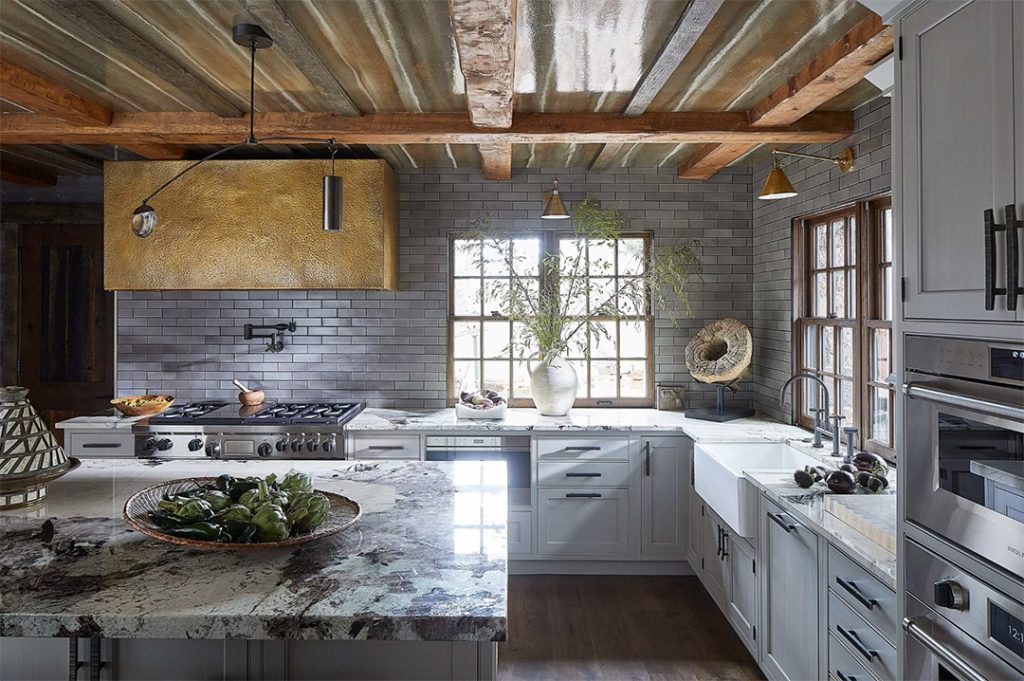
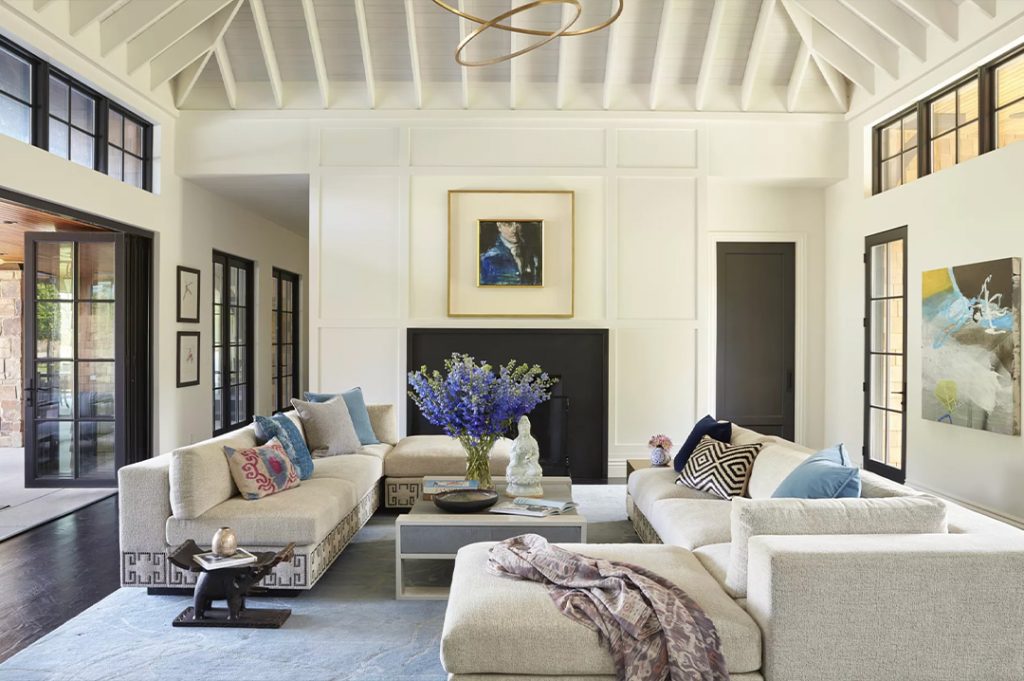
Historically, altar cabinets, offering coffers, daybeds, étagères, collectors’ shelves and wedding cabinets served as much more than just beautiful furniture. Intricately hand-crafted by masterful carpenters, these furnishings are decorated with auspicious motifs—think dragons, phoenixes and peonies—representing wealth, harmony and purity to a home.
These symbolic motifs are also seen in Chinese architecture, such as elaborate roof elements, valances and lattice panels. Interior courtyards played an important role in Qing dynasty architecture and led to the development of richly detailed lattice door panels that achieved harmony with the outdoors. Indoor-outdoor living may be the trend du jour, but the Qing dynasty was ahead of its time. At once beautiful and functional, lattice panels allowed air and light to flow between inner courtyards and the homes adjacent to them, while still offering privacy. While the architectural style is nearly 400 years old, these sculptural lattices have stood the test of time.
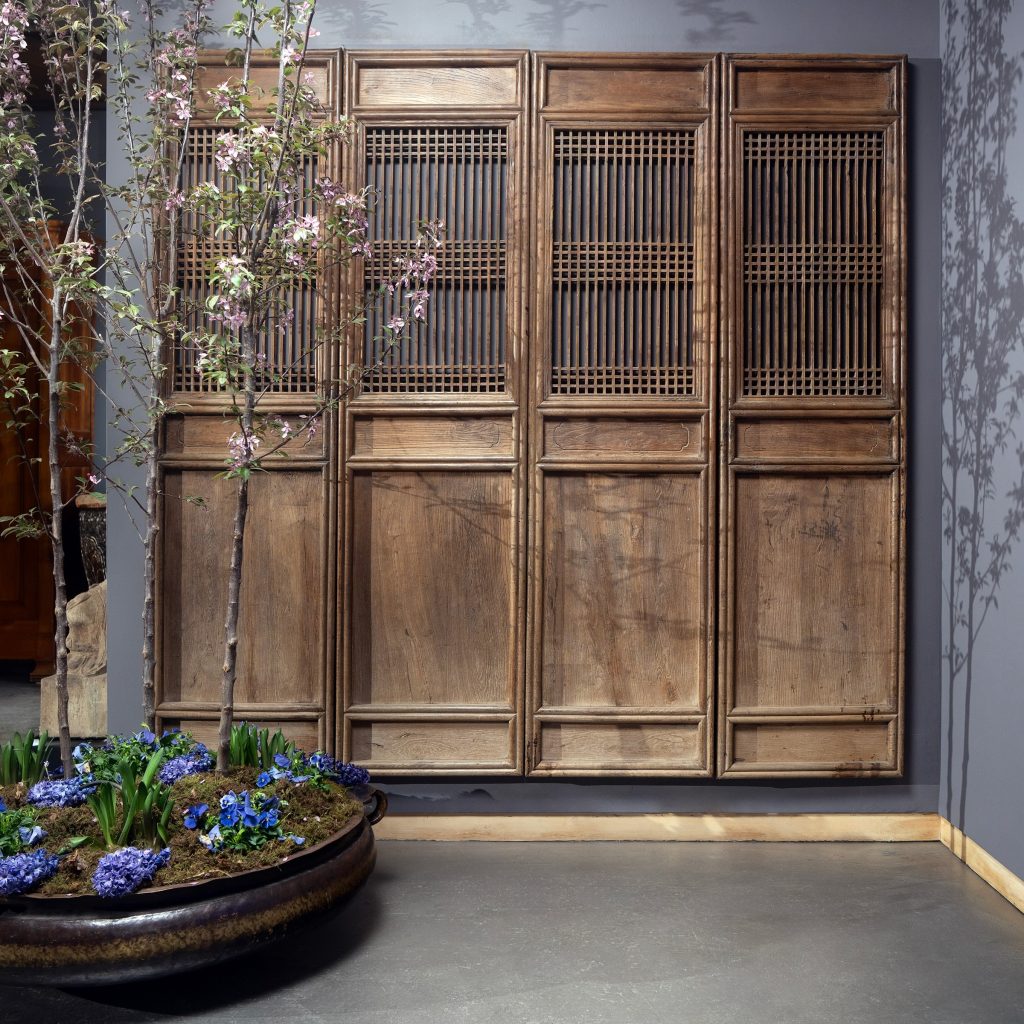
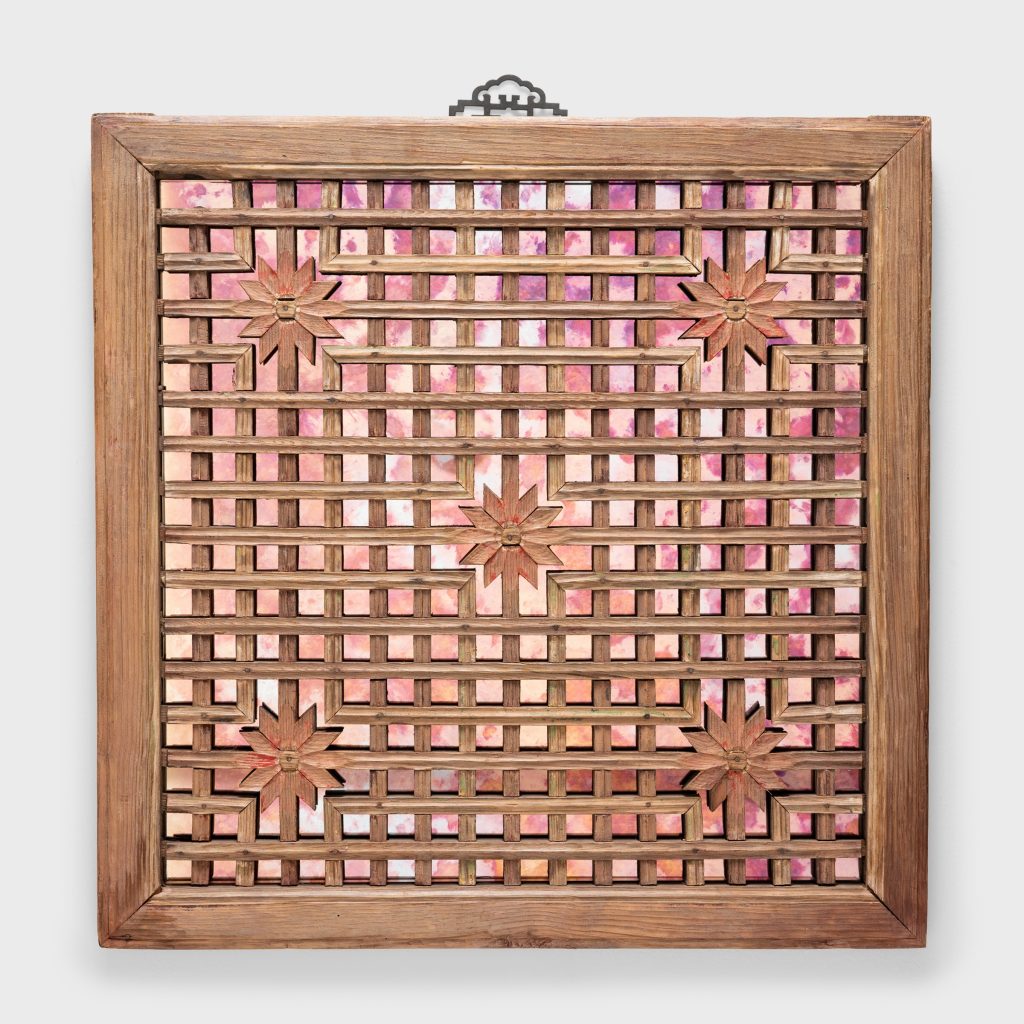
Benjamin and Schumacher love weaving antiques into their projects because they add an important personal layer to any space and have the power to transform rooms. Chinese lattice and cabinetry from past eras do this in a myriad of ways. Imagine intricate lattice panels framing a grand entrance or installed as a decorative headboard. Consider a 19th-century offering table to add a touch of whimsy or a scholars’ shelf to display mementos from your travels. Or perhaps simply displaying lattice as art on a wall, layering the room with new depth and dimension. These sophisticated choices make a home feel abundant with personal style and spirit.
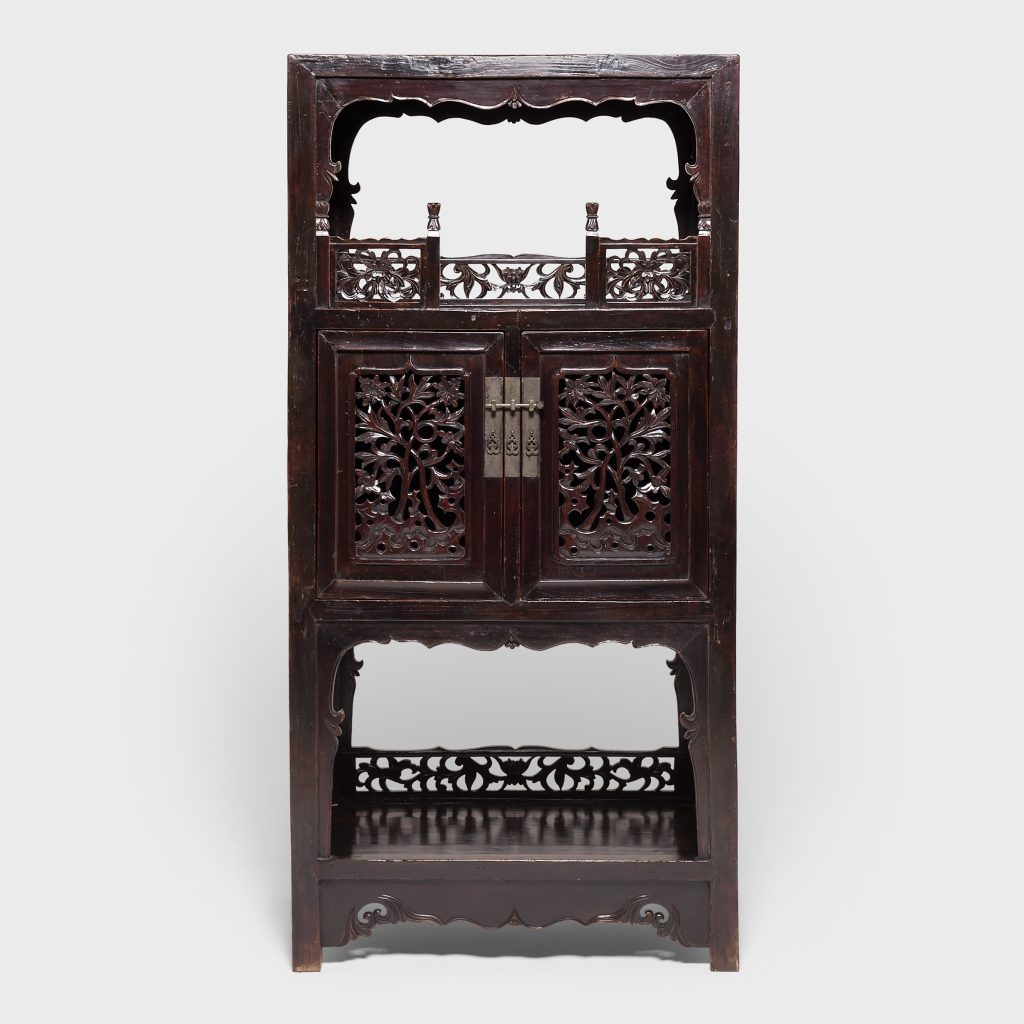
c. 1850

c. 1850
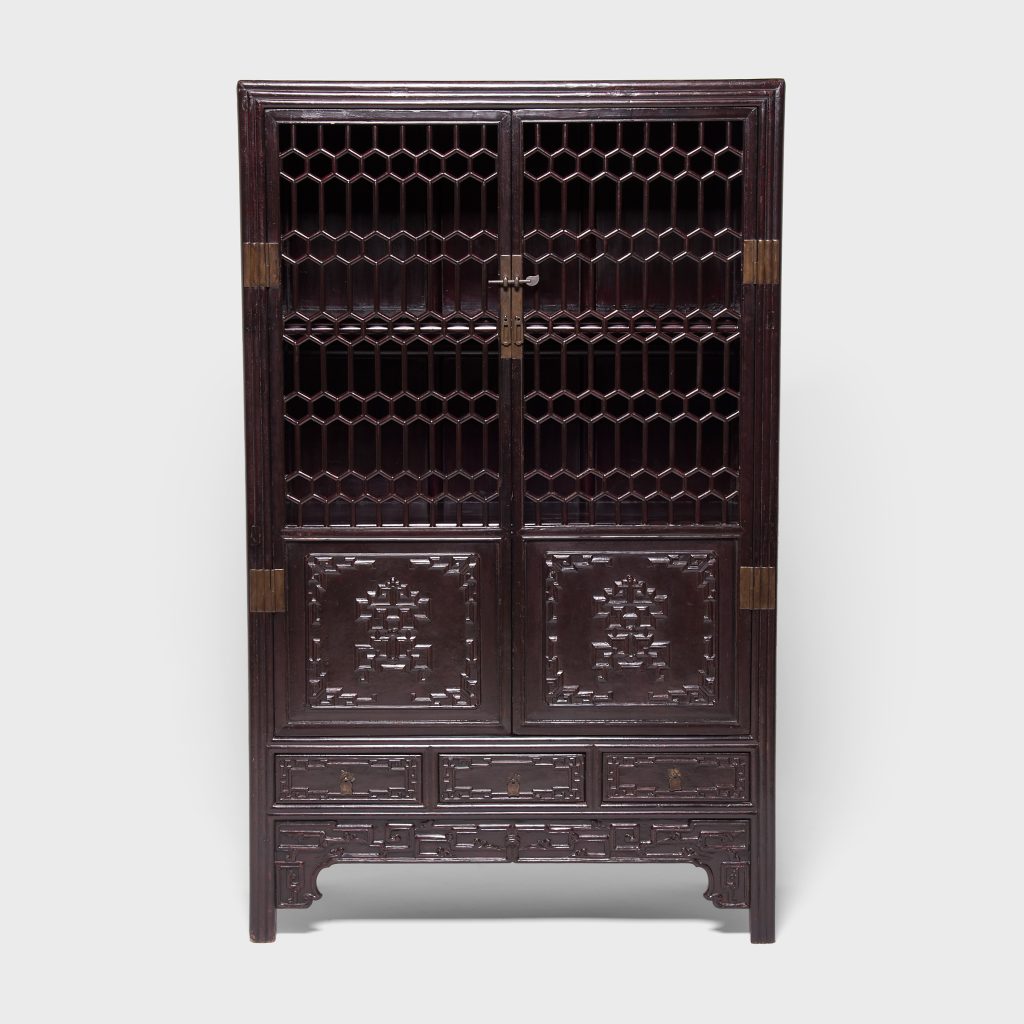
c. 1800
Header Image: Design by Andrea Schumacher. Photography by Roger Davies.

Are you an architect or designer with a story to tell?
Register with us to receive exclusive discounts and benefits. Trade professionals are also eligible for collaborative features on our blog and social media channels. Please note that trade registration with PAGODA RED is only open to interior design and architecture professionals.
